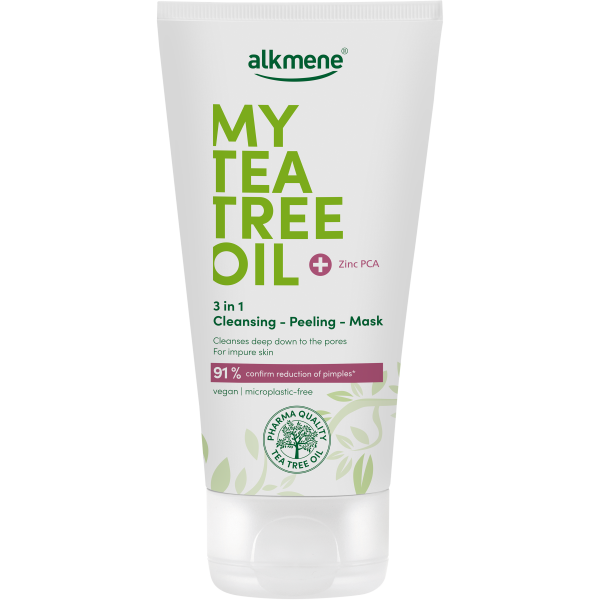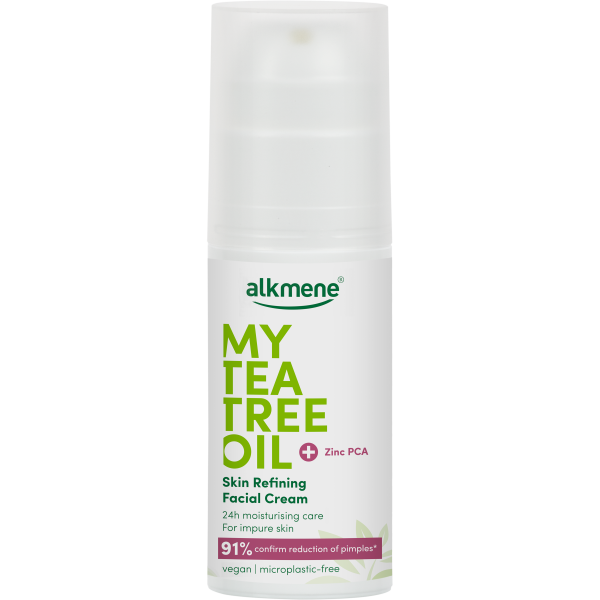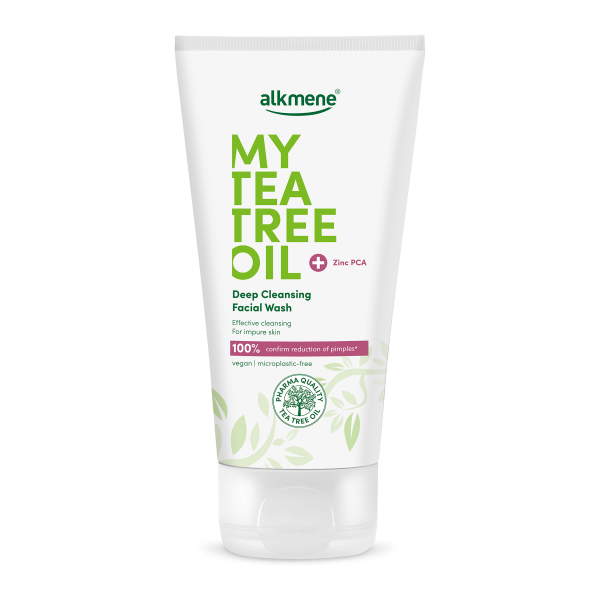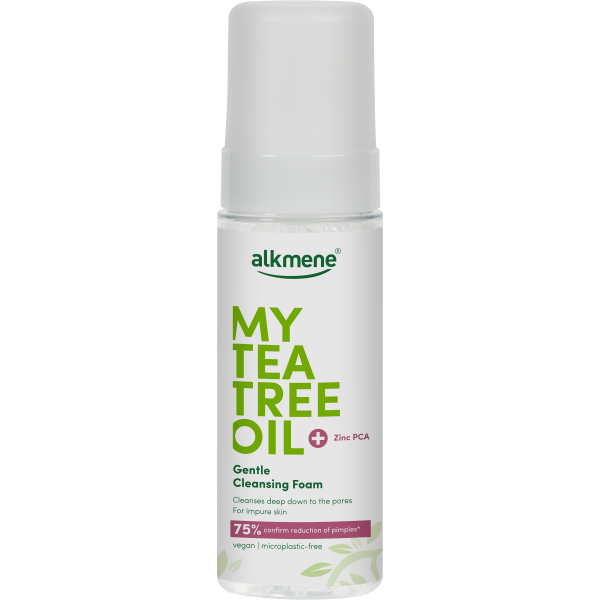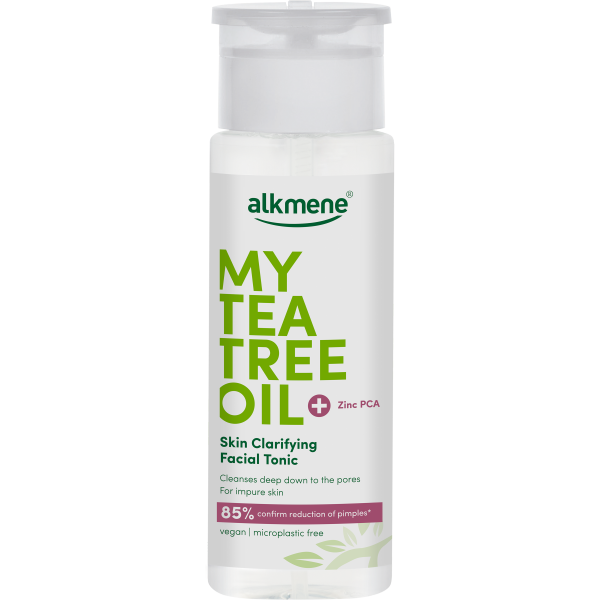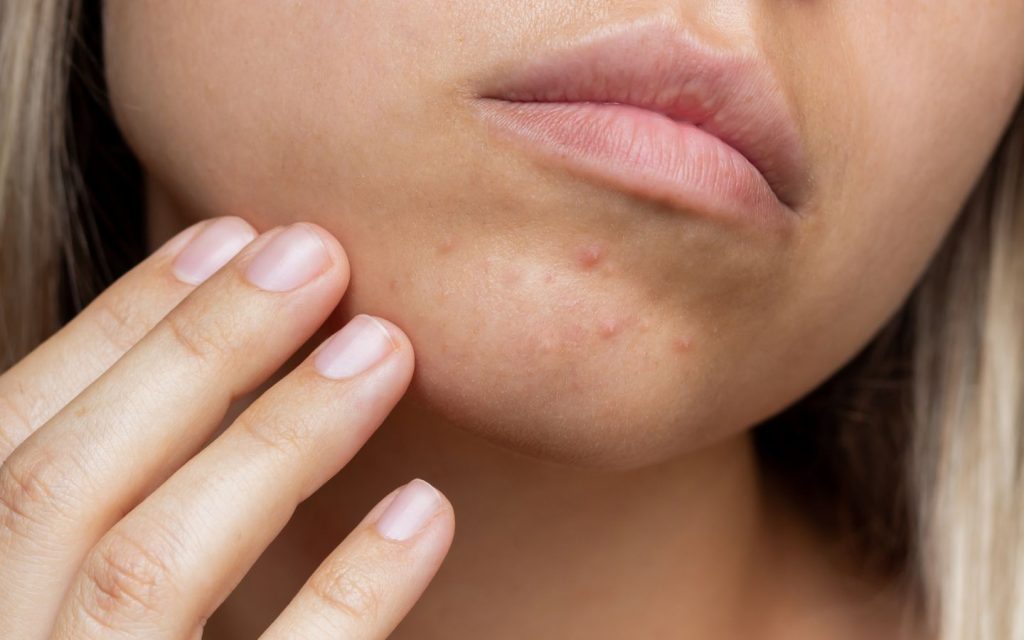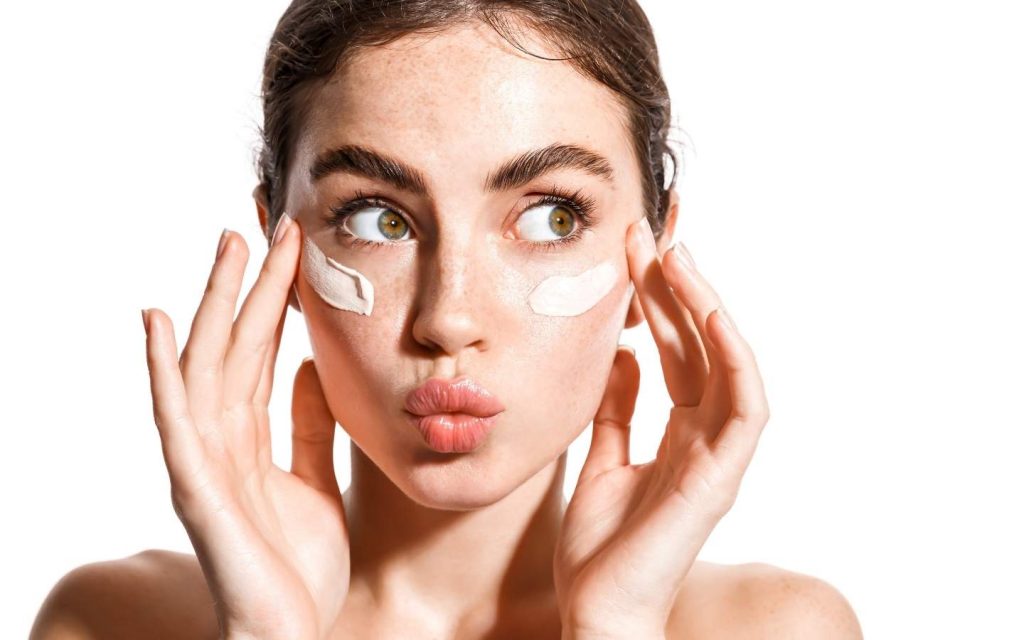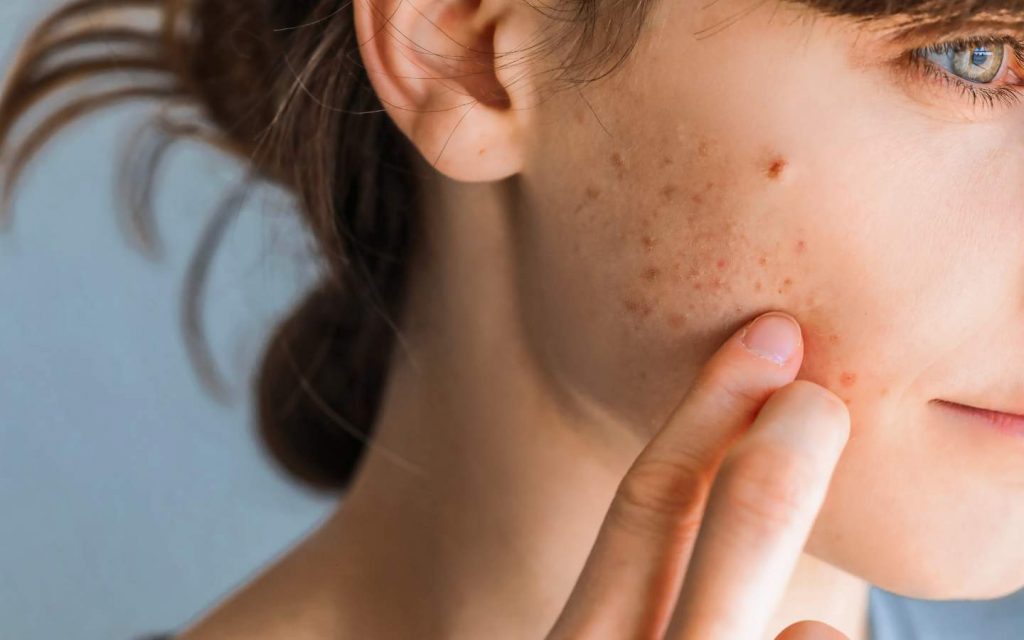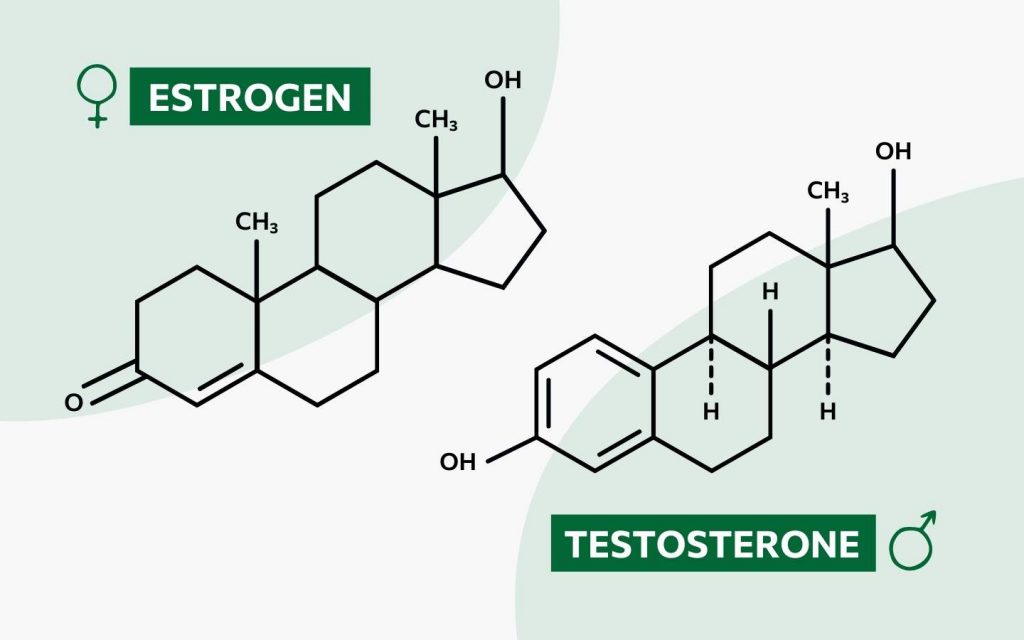


This article has been reviewed by:
Alexandra Beck
Kosmetikerin
Care products ensure beautiful skin. There is no doubt about this connection – that is clear! Unfortunately, this is not entirely true. Some products contain comedogenic ingredients that may sound caring, but can have exactly the opposite effect. What this means and how you can recognize such products, we clarify in this article.
Comedogenicity, comedogenic and non-comedogenic - What does it mean?
The term comedogenicity, as well as the associated adjectives comedogenic and non-comedogenic, are derived from the word comedo. A comedo is a clogged skin pore and is better known to us as a blackhead. Comedogenicity thus describes the property of skin care products, cosmetics, drugs or other substances to promote the formation of blackheads and skin impurities. Accordingly, products and substances are comedogenic if they promote and encourage the formation of blackheads and non-comedogenic if they do not.

IMPORTANT: Just because ingredients or substances are labeled as comedogenic does not mean that they will definitely cause skin blemishes such as blackheads. Every skin is different and reacts differently to products. However, if you have a tendency to blemished skin and want to get to the bottom of the cause or treat the symptoms, the comedogenicity of products can be an important clue.
How do comedogenic products promote the development of blackheads?
Comedogenic products have the property of closing or clogging the pores and thus hindering the natural flow of sebum to the skin surface. In further consequence, these clogged pores can become skin inflammation and blemishes. For more detailed information on the development of blackheads, pimples and other skin impurities, click here.
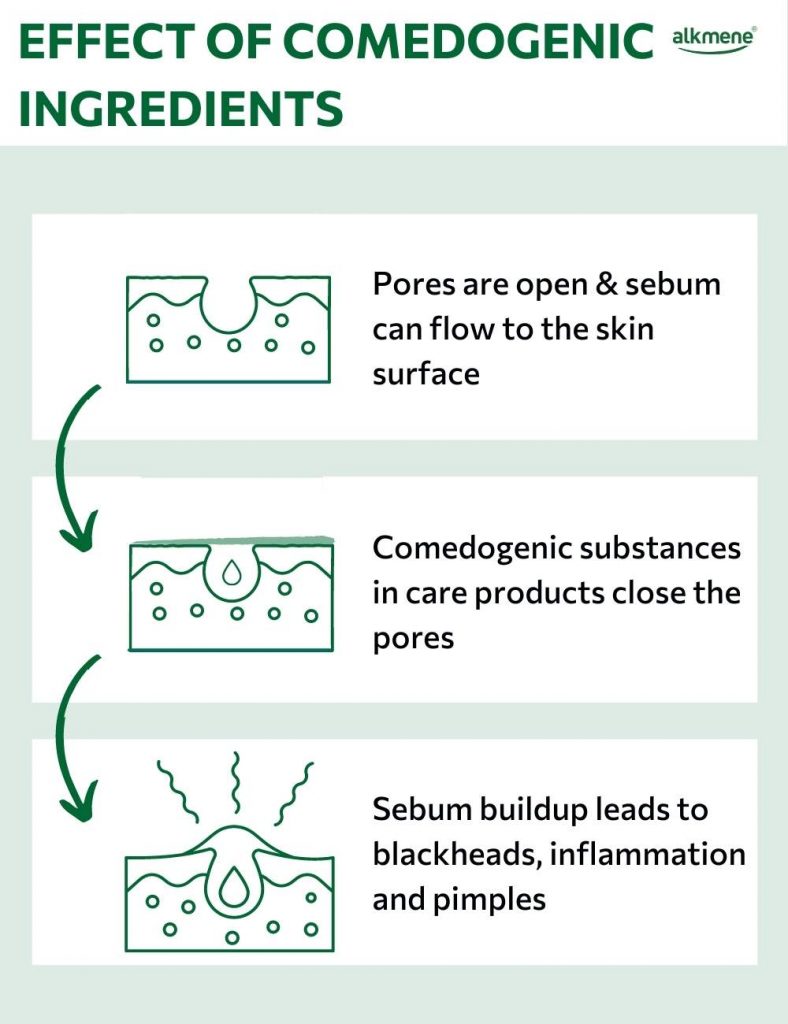
Extent of comedogenicity
Not all comedogens are created equal! Comedogenic products and ingredients can vary greatly in their degree of comedogenicity – the likelihood with which they promote the development of skin blemishes. For this reason, there is a comedogenicity scale that typically goes from 0 to 5, indicating the degree of comedogenicity. If ingredients and substances are classified as level 0, they are non-comedogenic; if they are assigned level 5, they are considered highly comedogenic.
Coconut oil, jojoba oil and shea butter - Which ingredients are comedogenic?
Previously, substances and ingredients were tested for comedogenicity based on the rabbit ear test and assigned to the appropriate levels. It was assumed that substances that exhibit a comedogenic effect in rabbit ear also do so on human skin. However, rabbit ear and human skin differ in certain aspects, such as sebum production. In addition, animal testing for purely cosmetic ingredients has been banned since 2009, which is why the comedogenicity of such substances cannot be tested further.
According to previous findings, some substances and materials can be classified in the comedogenicity scale, but this classification should not be weighted too heavily.
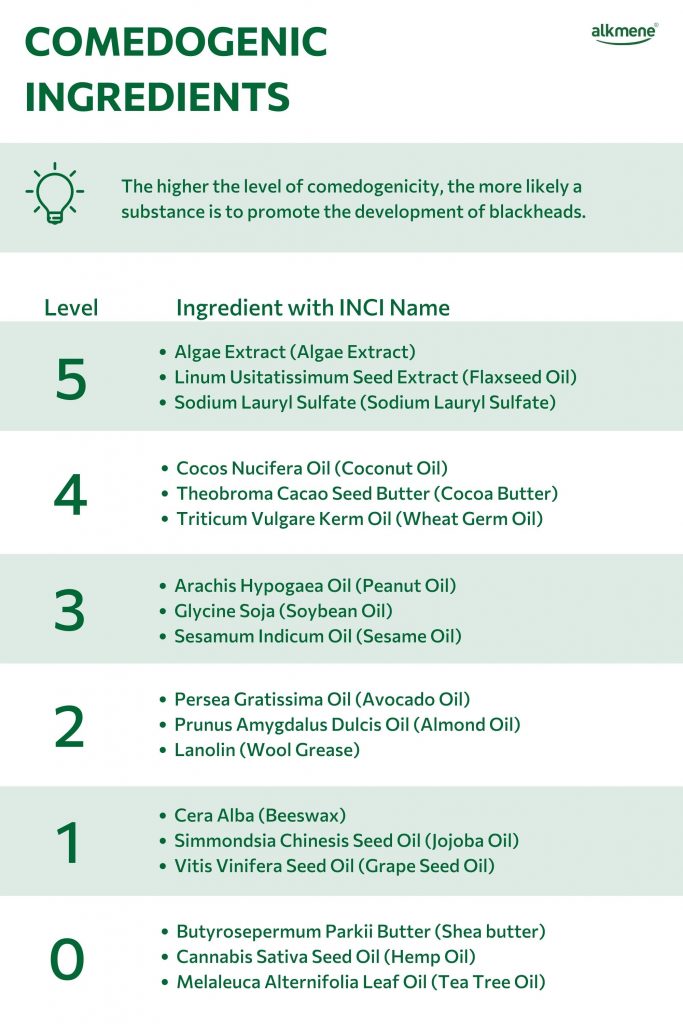

IMPORTANT: The list of these ingredients is not exhaustive. There are many other ingredients that can be assigned to each level. Level 0, for example, includes all ingredients that are non-comedogenic – that is, several more than those listed here.
Basically, it can be said that ingredients that are assigned to levels 2 to 0 are rather harmless and have a low to very low probability of comedogenicity. However, the following always applies: your skin is unique. How your skin reacts to certain ingredients is very individual.
How do you recognize comedogenic products?
Just because a product says “non-comedogenic” on it does not necessarily mean that this product is also non-comedogenic or does not contain any comedogenic ingredients. There are no legal regulations as to when a substance or product must be labeled as comedogenic, or non-comedogenic.
Therefore, it is best if you compare the list of ingredients of a product with a list of comedogenic substances. For example, you can make sure that a product really does not contain comedogenic ingredients.
 IMPORTANT: With products, you must always consider the interaction of all ingredients. The transferability of comedogenicity from one ingredient to the entire product is not always easy or meaningful. Just because a highly comedogenic substance of level 5 is contained, it does not mean that the entire product can be assigned to level 5. In addition to the interaction with other ingredients, for example, the quantity information must also be taken into account.
IMPORTANT: With products, you must always consider the interaction of all ingredients. The transferability of comedogenicity from one ingredient to the entire product is not always easy or meaningful. Just because a highly comedogenic substance of level 5 is contained, it does not mean that the entire product can be assigned to level 5. In addition to the interaction with other ingredients, for example, the quantity information must also be taken into account.
Conversely, it does not automatically mean that a product may be comedogenic just because it is not labelled as “non-comedogenic”. It is therefore not always so easy to recognize whether a product is comedogenic or not. In the end, it’s always important to keep a close eye on your skin when introducing a new product into your skincare routine.
Why are MY TEA TREE OIL products non-comedogenic?
Tea tree oil is non-comedogenic with its regulating effect on sebum buildup in the skin and actually prevents blemishes. Unlike comedogenic ingredients that clog pores, its antibacterial and sensitizing properties counteract hyperkeratosis (increased keratinization), allowing sebum to drain more easily. Find out exactly how non-comedogenic tea tree oil works against pimples and blemishes here.

IMPORTANT: Generally, the following applies to our products: If they are labeled “non-comedogenic,” then they have been tested through external, clinical testing. This is how we ensure that the interaction of all ingredients is observed and that our products are non-comedogenic.
